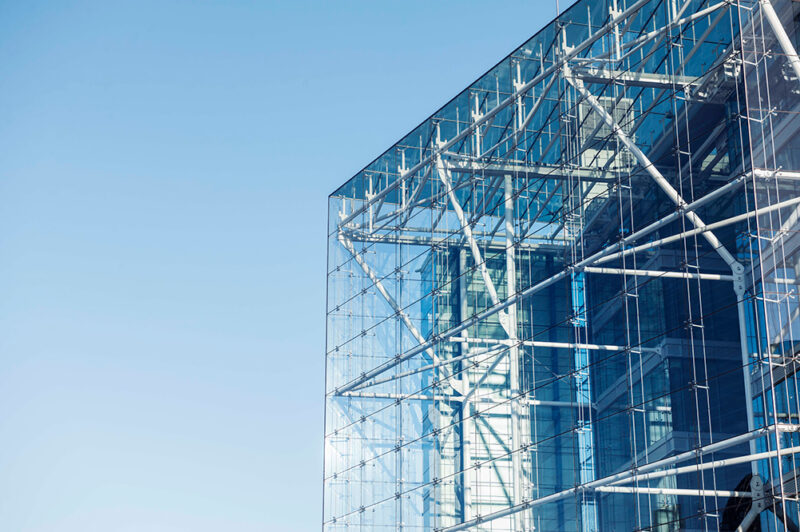In the realm of modern construction and design, architectural glass stands as a cornerstone material, embodying both aesthetic appeal and functional utility. This versatile material has transcended its traditional role as mere windows to become a fundamental element in contemporary architecture. Its ability to blend strength with transparency allows architects and designers to explore innovative forms and spaces, creating structures that are not only visually captivating but also environmentally responsive.
The Evolution of Architectural Glass
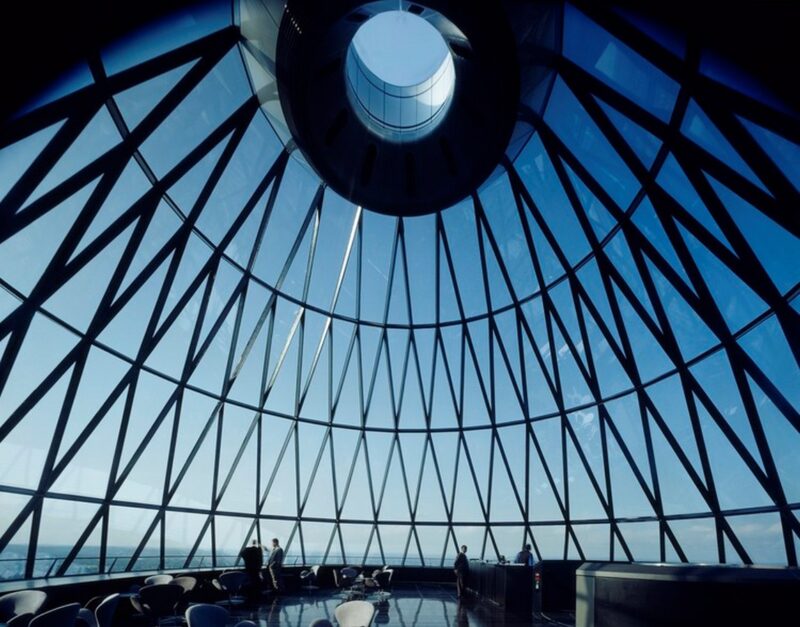
The journey of architectural glass from simple, transparent panes to sophisticated, multifunctional building components is a testament to technological advancement and creative ingenuity. Initially, its primary purpose was to provide natural lighting and protection from the elements while preserving views. However, as technology progressed, so did the capabilities of this material. Today, it is engineered to offer enhanced insulation, solar control, and even energy generation, making it a key player in sustainable building practices.
Types and Varieties
The spectrum of architectural glass available today is wide and varied, catering to different aesthetic and functional requirements. From clear, float glass that offers unobstructed views to tinted and coated varieties that reduce solar heat gain, the options are vast. There are also specialized types like laminated safety glass, which holds together when shattered, and low-emissivity glass, which improves thermal efficiency by reflecting infrared light. Check out more on types and varieties at https://www.ionglass.co.uk/.
Structural Applications
In contemporary architecture, the structural role of this material has been reimagined and expanded. Beyond windows and doors, it is now utilized in load-bearing elements such as glass beams and floors, enabling the creation of transparent, light-filled spaces that challenge traditional notions of interior and exterior. The use of glass in structural applications not only enhances the visual connectivity within spaces but also contributes to the overall lightness and fluidity of architectural forms.
Aesthetic Contributions
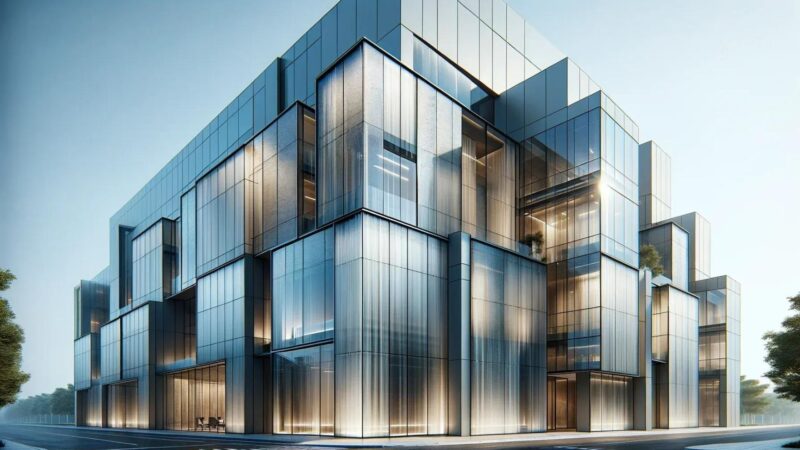
The aesthetic contributions of architectural glass are unparalleled. It offers architects a canvas to experiment with light, reflection, and transparency, allowing for dynamic interactions between the built environment and its surroundings. The material’s versatility in terms of textures, colors, and finishes enables designers to achieve a wide range of visual effects, from sleek, modern facades to intricate, patterned surfaces that add depth and character to buildings.
Energy Efficiency and Sustainability
As the construction industry moves towards more sustainable practices, the role of architectural glass in energy efficiency has become increasingly important. Innovations such as double and triple glazing, gas fills, and thermal breaks have significantly improved the insulating properties of glass, reducing energy consumption for heating and cooling. Additionally, photovoltaic glass incorporates solar cells to convert sunlight into electricity, further enhancing the sustainability of buildings.
Acoustic Performance
Noise control is a critical consideration in many buildings, and architectural glass offers solutions to enhance acoustic comfort. Special laminated glass with interlayers can significantly reduce noise transmission, making it ideal for use in busy urban environments, airports, and other high-noise areas. This allows for the creation of quiet, serene interiors without compromising on natural light and views.
Safety and Security
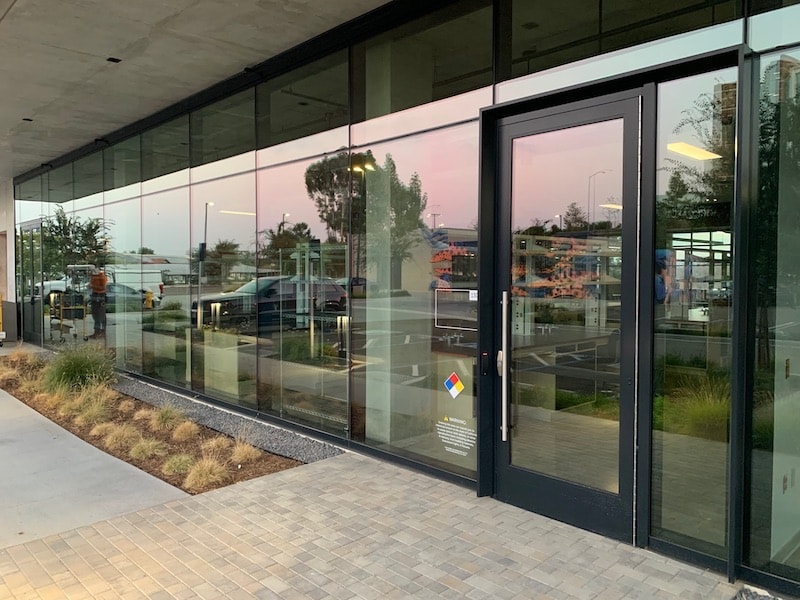
Safety and security are paramount in architectural design, and advancements in glass technology have led to the development of products that meet stringent safety standards. Tempered glass, which breaks into small, blunt pieces, and laminated glass, which remains intact upon impact, are widely used in applications where safety is a concern. Additionally, there are options with enhanced resistance to impact, blast, and even bullet penetration, providing added security for buildings in vulnerable locations.
Innovative Technologies and Smart Glass
The frontier of architectural glass is continually expanding with the introduction of smart technologies. Electrochromic glass, for example, can change its opacity or color in response to electrical stimulation, allowing for the control of light and privacy at the touch of a button. Some products can adjust their thermal and optical properties in response to environmental conditions, contributing to the creation of responsive, adaptive building envelopes.
Installation and Maintenance Considerations
The installation of architectural glass requires precision and expertise, as the performance and durability of glass elements are heavily dependent on the quality of installation. Proper sealing, support, and alignment are crucial to prevent leaks, drafts, and potential structural failures. Maintenance is relatively straightforward, with regular cleaning being the primary requirement. However, special coatings and treatments may necessitate specific care to ensure their longevity and effectiveness.
Customization and Design Flexibility
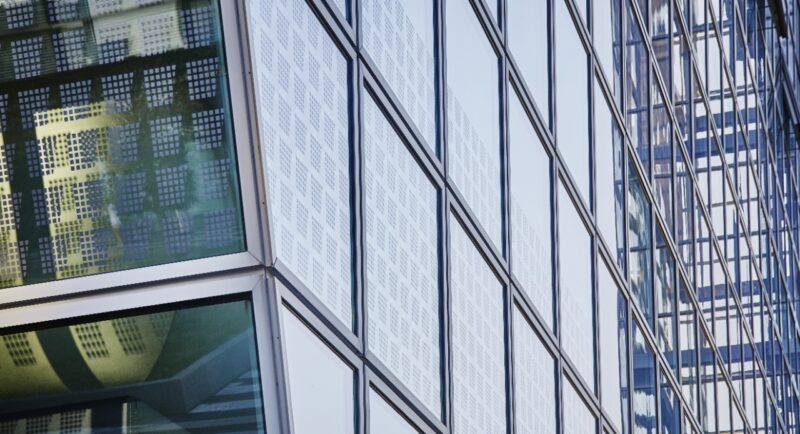
The customization possibilities with architectural glass are virtually limitless, offering architects and designers unprecedented flexibility in their projects. Advances in digital printing and etching techniques allow for the application of intricate designs, patterns, and even imagery directly onto glass surfaces. This capability enables the creation of unique visual narratives and branding opportunities on building facades and interiors, further blurring the lines between architecture and art.
The Role of Glass in Biophilic Design
Biophilic design, which seeks to connect building occupants more closely to nature, has gained significant traction in recent years, and architectural glass plays a pivotal role in this movement. Its use in creating seamless transitions between indoor and outdoor spaces enhances occupants’ connection to the natural environment, promoting well-being and productivity. Transparent barriers allow for ample natural light and views of the outdoors, integrating nature into the built environment and fostering a sense of harmony and balance.
The Future of Architectural Glass
Looking ahead, the potential of architectural glass in shaping future buildings and cities is immense. Ongoing research and development are focused on enhancing its functional attributes, including strength, insulation, and self-cleaning capabilities. Furthermore, the integration of emerging technologies such as augmented reality and organic light-emitting diodes (OLEDs) promises to open up new avenues for interactive, dynamic building facades that could revolutionize the way we perceive and interact with our built environment.
End Note
Architectural glass stands as a testament to the dynamic interplay between form, function, and innovation in the realm of modern architecture. Its journey from basic, transparent barriers to complex, multifaceted building elements underscores its versatility and essential role in contemporary design. The material’s adaptability, combined with advances in customization and its contributions to biophilic design, continue to push the boundaries of what is possible, both aesthetically and functionally.

